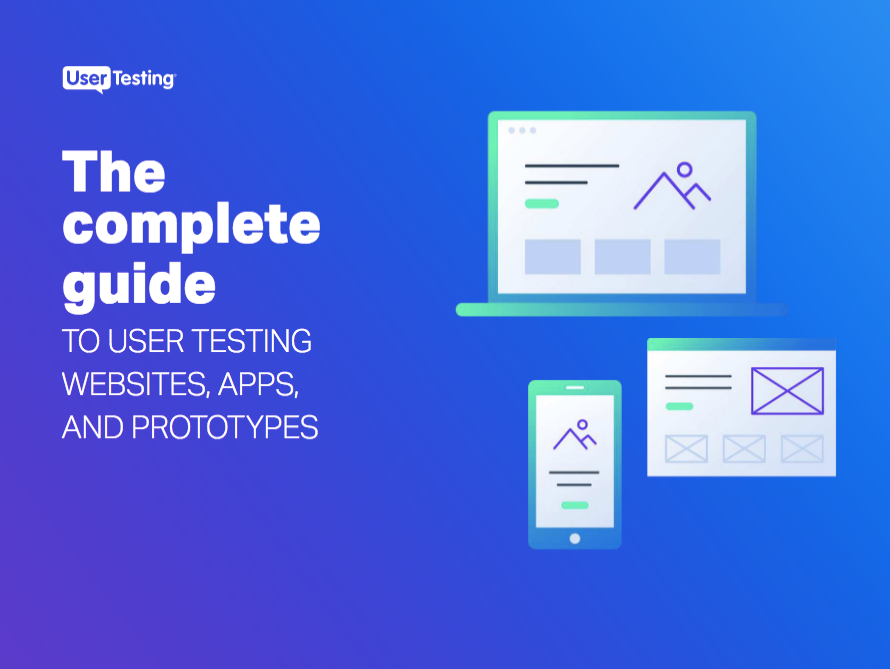
The psychology of UX: key tips from an expert panel

Our Director of Research, Marieke McCloskey, recently took part in a panel hosted at Merge Collective by the Interaction Design Foundation, Product Dojo, and UXPin to discuss the Psychology of Design. Joining her on the panel were Adam Ruf, Product Designer at AngelList and Nicole Lee, Manager, User Experience at LinkedIn. They covered four topics:
- Ethical and unethical usage of psychology in design
- How to use positive reinforcement in UX
- Optimizing interfaces with our understanding of the human mind
- Emotional design + mindful design
Below are our key takeaways from the session. You can also watch the full video recording here.
Ethical and unethical usage of psychology in design
While discussing how to incorporate ethics as a part of the design process, the panelists all agreed that being conscious of both the intended and unintended consequences of what you’re building is key. As a researcher or designer, you often don’t have the final say about what to build, but you are the voice of your users. When decisions are being made to focus on a certain audience or set of customers, it’s important to point out that by focusing on specific users, you’re also excluding others. While this might be the right approach for your product, it should at least be flagged during the planning process. When thinking about unintended consequences, ask yourself what users could do with your product that would be harmful and would be out of your control and what you might be able to do to mitigate this. For example, if your goal is to create a safe place where people can freely express themselves, how can you build in features and tools that can automatically counter and shut down harassment. Be conscious of the time people are spending with the product that you’re building. Are you encouraging people to do things that help them get what they need or are you creating addictive loops that lead to people spending more time with the product than they’d like—or is good for them?
How to use positive reinforcement in UX
Design for delight. Make people feel good about what they accomplish so they’ll want to come back. You can use emotions and fun to create positive reinforcement. Be empathetic and mindful of the possible outcomes and meaningful ways you could motivate your users. Every experience can be encouraging, discouraging, or neutral—ask yourself what your intention is as you build those experiences within your product.
Optimizing interfaces with our understanding of the human mind
Here’s the good news—you don’t need to have studied psychology to be a great UX designer! You do, however, need to be interested in people and care about who you’re designing for and how you can understand them better. There are lots of resources for designers on how the human brain works, heuristics, perception around colors and contrasts, how people remember things and the limitations of memory, distraction, mental models, and the expectations people have around consistency in their experiences across your product.
Emotional design + mindful design
Look at ways you can help your users be mindful as they use your product. This can be through simplifying and using aesthetics to facilitate a calm and smooth experience. Watch your users. When you’re working on a product you’re usually experiencing it in a sterile and unnatural environment. When you observe your users interacting with the product you’ll be able to expand your perspective of what's normal, how people are tacking problems, and using the product in ways you may not have expected.
Want to learn more?
To learn how UserTesting can help you understand your customers through on-demand human insight, contact us here.
In this Article

Learn how to plan, conduct, and analyze remote customer research with this comprehensive guide.
Learn how to plan, conduct, and analyze remote customer research with this comprehensive guide.


